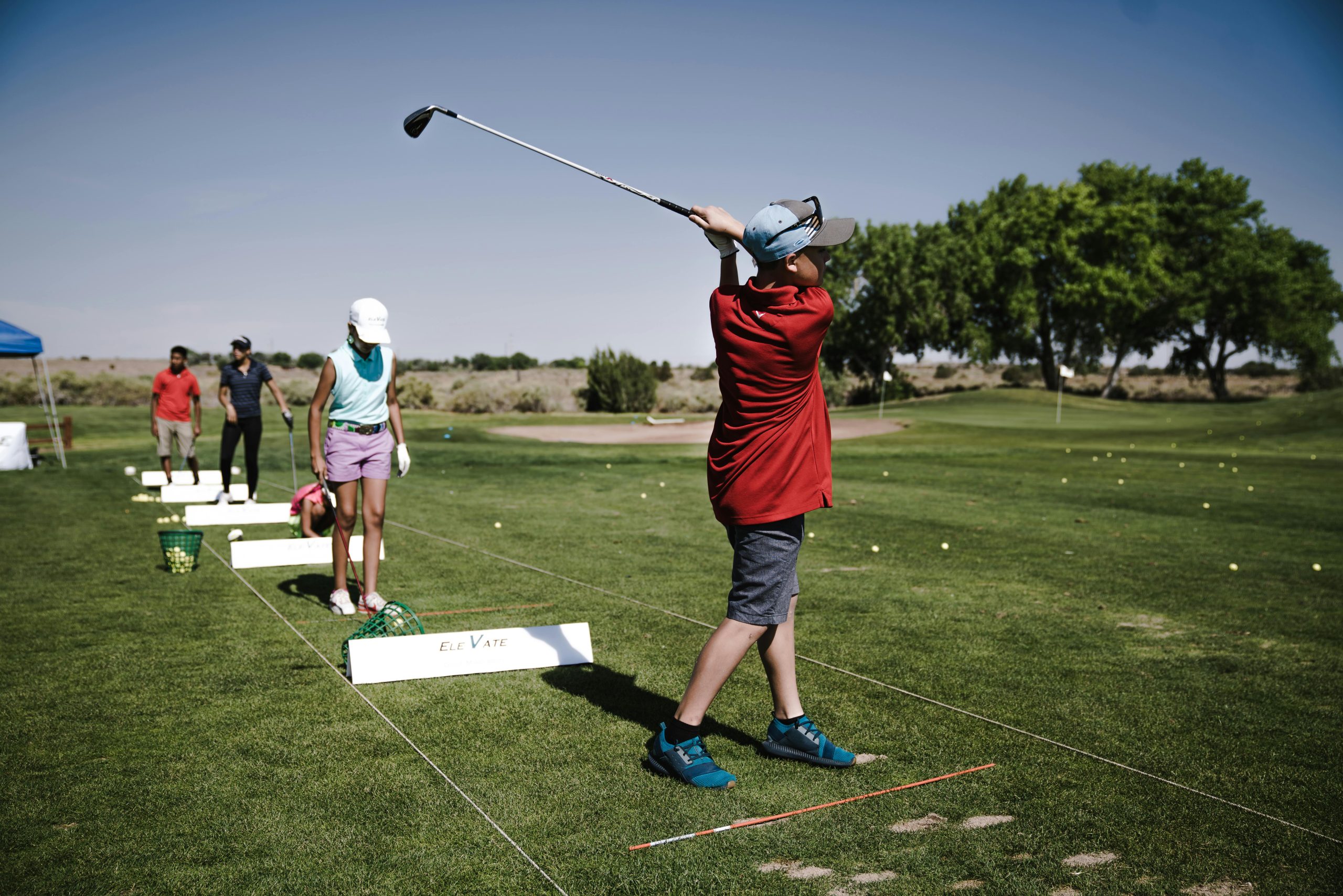Understanding Personal Safety: Navigating Confrontations with Adolescents in Urban Environments
Encountering unexpected confrontations in public spaces can be unsettling, especially when unfamiliar teenagers are involved. Recently, a London-based individual shared a concerning experience near Primrose Hill, highlighting the importance of understanding appropriate responses and safety measures in such situations.
The Incident
On a Saturday evening, the individual was walking along a busy sidewalk when a group of approximately 8-9 teenagers—comprising both boys and girls—blocked the pavement. The girls courteously made way, allowing him to pass, which he acknowledged with a thumbs-up and a verbal thanks. However, as he proceeded, a young man at the front of the group called out, “Excuse me brother!” and began recording him on his phone.
What followed was an unusual exchange: the young man shouted, “Daddy, are you my daddy?” while tapping the individual’s shoulder multiple times. After instructing him not to touch him, the individual continued walking. The teenager then ran ahead, blocking his path on the road, nudged his shoulder, and accused him of “assault against a minor.” Despite the bizarre confrontation, the person chose to keep walking, reflecting on the potential risks and implications.
Understanding the Context
While incidents like this can feel unpredictable, they often stem from unpredictable youthful behavior or cultural expressions that may seem confusing or intimidating. The “Daddy” phrase, sometimes used as a prank or form of slang among teens, can appear harmless but may also be part of a larger pattern of teasing or testing boundaries. It’s essential to recognize that such interactions, especially when involving physical proximity or gestures, may escalate if not handled thoughtfully.
Recommended Course of Action
In situations similar to this, consider the following strategies:
-
Prioritize Personal Safety: Maintain a calm demeanor and avoid escalating the situation. If you feel threatened or uncomfortable, create distance whenever possible.
-
Avoid Confrontation: Engaging verbally might sometimes provoke further behavior. It’s often safest to remove yourself from the area as quickly as possible.
-
Document the Incident: If safe to do so, note details such as descriptions, number of individuals involved, and any actions that seemed threatening.
-
Report to Authorities: Contact local police or community safety services if you believe you are at risk of harassment or assault. Providing detailed information can assist in community safety efforts.
-
Consider Community Support: Engage with neighborhood watch groups or


Understanding and Navigating Urban Encounters Safely
Recent experiences in London such as the one near Primrose Hill highlight the importance of awareness and calmness in unpredictable situations involving teenagers or groups in public spaces. While it can be unsettling, staying composed is key to personal safety.
Here are some additional insights that might be helpful:
Ultimately, understanding that most interactions with teenagers are either playful or testing boundaries can help maintain perspective. Prioritizing safety, setting clear boundaries, and engaging with community support are effective strategies
Balancing Vigilance and Community Engagement in Urban Safety
It’s encouraging to see discussions around personal safety and appropriate responses in urban environments like London. Incidents such as the one near Primrose Hill highlight the importance of staying calm and mindful, but also underscore the value of community cohesion. While individual safety is paramount, fostering strong neighborhood ties can create a more resilient and supportive environment for everyone.
Some additional points to consider include:
Ultimately, promoting a proactive yet calm approach — combined with community efforts — can enhance safety and foster a sense of shared responsibility among London residents. Stay vigilant, but also support